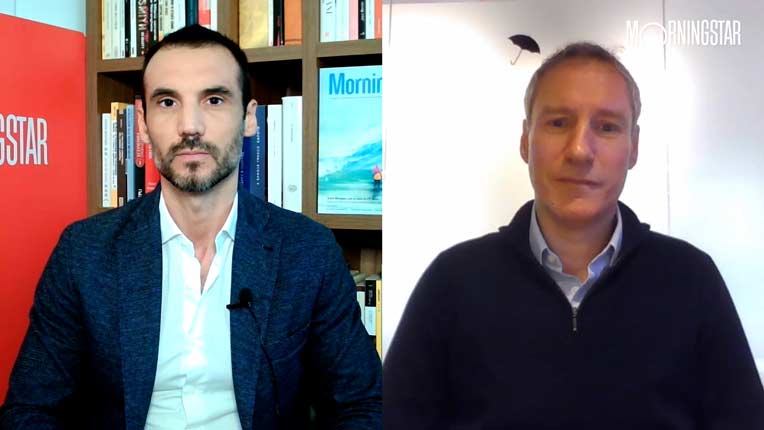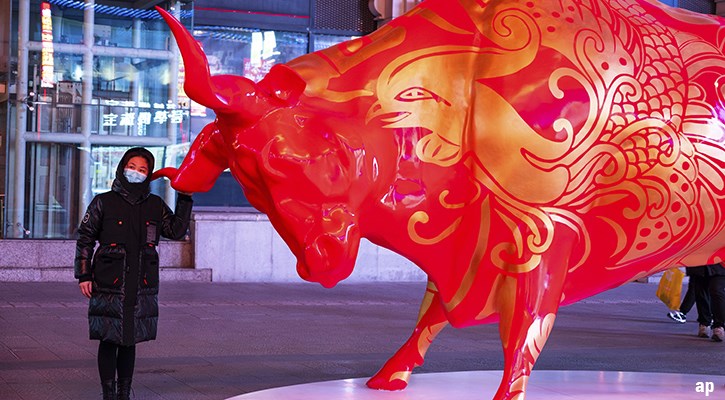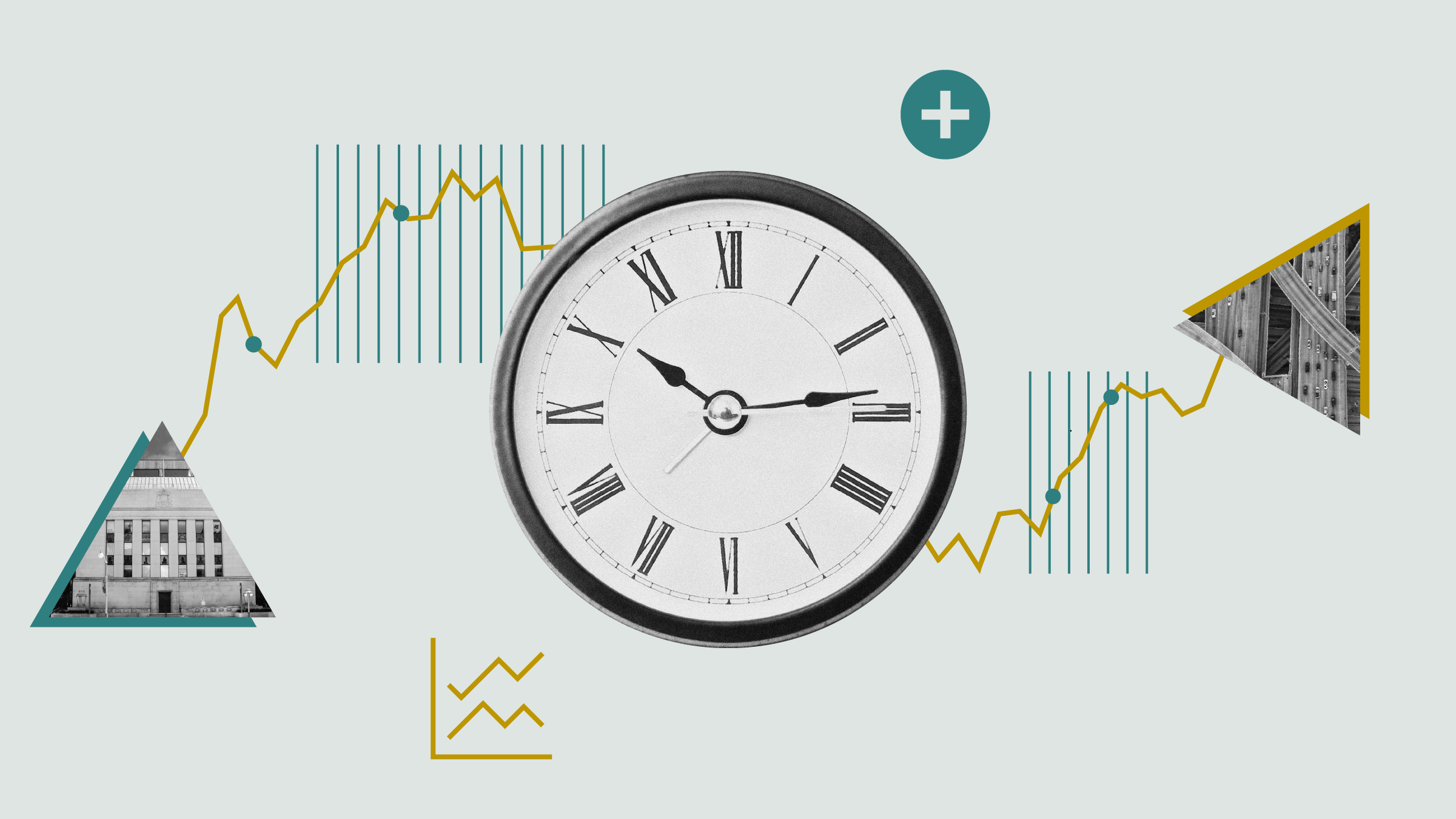
The world of luxury goods is dominated by European firms such as Hermes, L’Oreal and Cartier. But investors tend to overlook this fact, argues Dominic Wallington, lead manager of four-star $6.8 billion RBC European Equity Fund F, and that much of the sector’s growth is driven by rising affluence in markets such as China.
“Based on rankings done by Interbrand, 17 of the top 100 brands globally are luxury brands, and 15 of those 17 are European,” says Wallington, head of European equity at London, England-based RBC Global Asset Management. New York-based Interbrand conducts brand studies in many developed and developing countries as well as on a global basis. “Ninety-two percent of the luxury brand value is contained within European companies.”
Wallington adds that an estimated 12-15% of European Union exports are high-end luxury goods. “Another way to look at it is that one million people in European work in the sector. It’s a substantial industry in Europe, and in a global context.”
Luxury goods is a loose term, admittedly, as it covers a wide range of goods and services, such as 5-star hotels. “The key is quality. That is the primary consideration of those people who provide the products and services. There is also a cachet that is associated with longevity,” says Wallington, a London native and a 28-year industry veteran who earned a MA in finance and investment in 1991 from the University of Exeter and joined RBC in 2007. “A lot of these brands are long-lived, and many have been around for over 100 years. Most of them were set up by restless entrepreneurs who were trying to create a new field or improve on quality. They are the products and services that tend to be associated with innovation.
Quality products make for quality names
“Cachet from longevity, combined with innovation, and very high quality, is the best way to describe our perception of what constitutes luxury,” says Wallington. Among the top European brands, according to Interbrand, are Louis Vuitton, Chanel, Hermes, Gucci, L’Oreal, Dior, Burberry, Prada and Johnnie Walker. “There is a large quotient of fashion in there. But the defining characteristic of all of them is extensive attention of detail and quality. Often that is married to substantial longevity.”
Take, for instance, Louis Vuitton, the maker of luxury suitcases. It was established in 1854 and later became the basis of Paris-based LVMH (Louis Vuitton Moet Hennessey). London-based rainwear maker Burberry was launched in 1856 by Thomas Burberry. “And there are many brands within some of these companies that are much older,” says Wallington. “Chateau D’Yquem, a luxury dessert wine which is owned by LVMH, was established in 1711. In many instances there is a remarkable degree of longevity.”
Yet despite high profiles and longevity as their strong suits, it’s a mystery to Wallington that investors tend to overlook these firms. “Part of the industry is located in the consumer discretionary sector and people tend to believe that the sector is highly cyclical. Part of it is within the consumer staples and many people consider it to be boring. But there has been another leg of growth added to the sector more recently because of the transformation within China,” argues Wallington, noting that some people are open to the notion of investing in the sector while others regard it as frivolous.
In his view, the skeptics are missing out on the sector’s attributes. “It has very high margins and huge barriers to entry because it is very difficult to replicate these brands or create ones. And often they are quite concentrated because they have the supply chain very tightly controlled. The brandy industry is a prime example because the eau de vie that they use to make the brandy is controlled by four companies.”
Wallington points out that many of the leading brands enjoy positive pricing, or pricing power as it is also known. For instance, Louis Vuitton bags and cases enjoyed average annual price increases of 4.9% over the past decade. In the case of Chanel it was 6.2%. “The advantage of running a business with positive pricing and high margins is fundamental. Therefore the economic compounding that you can obtain from being situated in a high-quality luxury company is very attractive for investors. But I don’t quite understand it [why many investors shun the industry].”
"China swamps everybody else"
The fact that China has emerged as a key purchaser of European luxury goods ought to make them pay attention. “China swamps everybody else,” says Wallington. “Thirty-three percent of luxury goods spending came from China. It’s huge. A lot of that came from Chinese tourists buying in Europe. Quite a bit of that consumption has moved on-shore. Bain, the management consultancy, believes that by 2025 China will account for 46% of the global market. To put this in context Japan is the next market, at 10%. China really is the key.”
For example, L’Oreal cosmetics sales in China have grown at a double-digit rate, adds Wallington. LVMH has experienced similar high sales growth in China as has Diageo PLC, maker of Johnnie Walker premium brands. “There is an emergent middle class in China. And it the trend is combined with very effective use of digital methods of disseminating the message [of luxury goods] and taking the brands where they have not been before from a geographic perspective.”
From his own perspective, Wallington has allocated about 15% of the RBC European Equity F portfolio to luxury goods makers. This includes a range of firms, from high-end fashion to high-end alcoholic drinks, In contrast, luxury goods companies account for about 7% of the MSCI Europe Index.
One of the top names in a portfolio of 50 holdings is French luxury conglomerate LVMH Louis Vuitton Moet Hennessy SE. “It’s been compounding its economic value in the double digits for some considerable time. And its return on assets is in the mid-teens,” says Wallington, adding the firm has operating margins of 30%. “Louis Vuitton itself is an incredible brand and among the top 100. And it is managed exceptionally well.”
The stock is trading at about 20 times earnings and has an earnings yield of 5%. “This steady return profile should enable it to generate a double-digit return for the next five years,” says Wallington, adding that about 30% of the firm’s revenues come from China.
Another favorite is Burberry Group PLC. “The leitmotif for this company is its ‘Britishness.’ That’s a very tight relationship. Whenever someone thinks of Britishness, they think of Burberry,” says Wallington. “It is a high-quality company that is trying to move further up the luxury curve.” Under a new CEO, Marco Gobbetti the firm is undergoing some changes in styling. “Even though sales should accelerate to a similar level of compounding as LVMH in the next few years, in the short term, the stock has not done as well as LVMH.”
Currently the shares are trading below their intrinsic value, if the re-positioning of the brand is successful. “Whilst the collections under the new designer, Riccardo Tisci, have done well, there is still a legacy that needs to be updated. Maybe the growth was a bit slow. But the market is focusing on the short-term in its assessment.”
Long cycles in the double-digits
That is Wallington’s point: the growth of luxury goods makers is driven by long-run trends. “The benefit of luxury goods is that they can provide this economic compounding in the double-digits. It seems to be provided on a secular basis,” says Wallington. “There are always mini-cycles. But the growth rates have been extended for very long periods of time.”




















